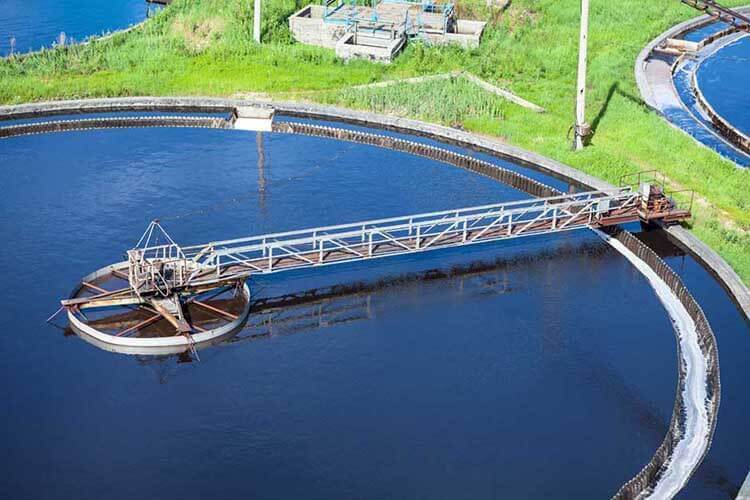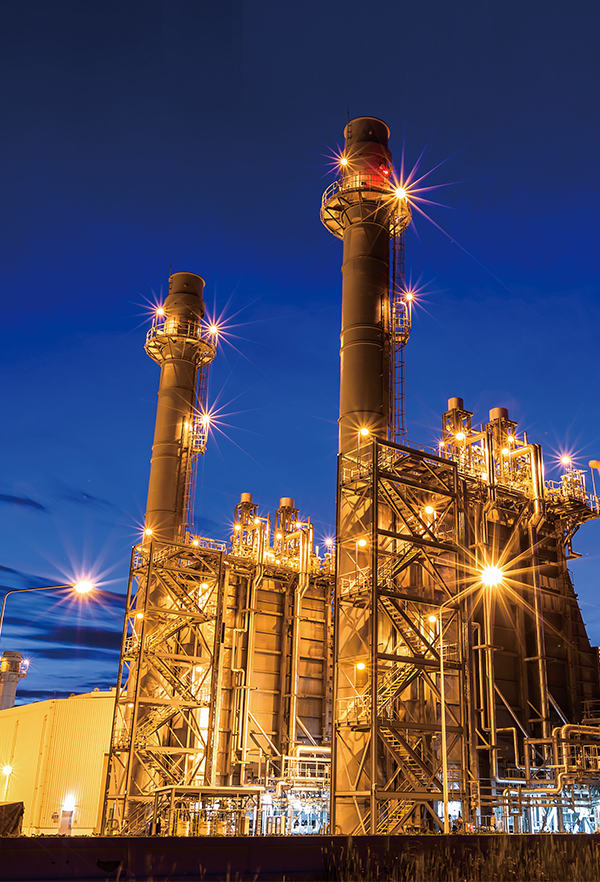A water treatment plant is a destination where wastewater (water which is no longer fit for its current purpose) moves to once it leaves homes and businesses through sewage pipes. The sewage system contains miles of pipes below ground where wastewater flows to the treatment plant for processing.
Commercial, residential and industrial wastewater collects at the treatment plant where it undergoes a series of processes in order to provide safe, clean water.
THERE ARE FOUR MAIN STAGES OF THE WASTEWATER TREATMENT PROCESS:
Preliminary – in the preliminary stage of the wastewater treatment process, large, bulky solids are removed by a series of methods including:
- Screening – the wastewater passes through a series of screens containing openings and large matter is filtered out. The openings of the screens reduce in size so that smaller waste materials are separated out.
- Grit removal – grit, sand, stones and other smaller debris in the water settle for easier removal.
Primary – this is the first stage in cleansing the water. Water is left in sedimentation tanks for a period of time to allow any remaining solids to settle at the bottom of the tank as sludge. Any grease or oil can then rise to the top of the tank as scum which can be skimmed from the wastewater.
Secondary – this is the second stage in the water treatment process, where biological methods are used to remove any remaining organic compounds from the wastewater. Effluent that has been treated to a secondary standard is considered safe for certain applications such as irrigation. However, water will need to undergo a final treatment stage in order to be safe for human consumption.
Tertiary – the final stage in the wastewater treatment process is where the water is disinfected to achieve a drinking water quality standard. There are a number of techniques used in the disinfection of water, including:
- UV disinfection – ultraviolet lamps emit UV light which destroys the DNA of bacteria.
- Chemical processes – chemicals such as chlorine are used to destroy microorganisms.
The aim of a wastewater treatment plant is to achieve water quality standards in line with water safety regulations. This is an on-going process which allows us to enjoy safe, clean drinking water straight from the tap.
Discover more about NCH Asia’s wastewater treatment solutions.
 Philippines
Philippines Australia & NZ
Australia & NZ 中国
中国 India
India Indonesia
Indonesia 日本
日本 한국
한국 Malaysia
Malaysia Singapore
Singapore 台灣
台灣 ประเทศไทย
ประเทศไทย Tiếng Việt
Tiếng Việt

